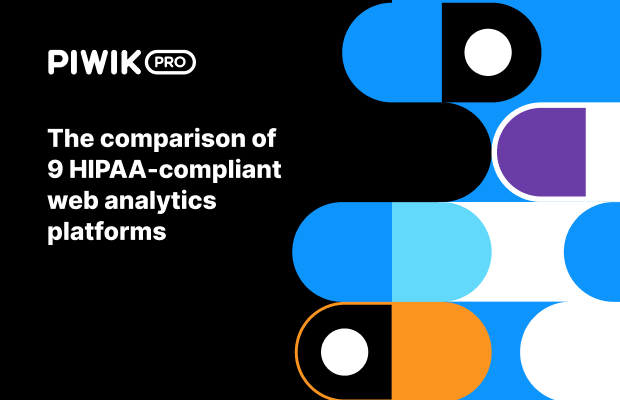Third-party tracking refers to the practice in which a tracker on a website is set by a different website than the one the visitor is currently on. Third-party trackers are snippets of code that are typically installed on multiple websites. They collect and send information about a user’s browsing history to other companies, often for advertising purposes. If the same third-party tracker is present on many sites, it can build a more complete user profile over time.
Third-party tracking is slowly becoming a thing of the past. Ad blockers and browser restrictions like Safari’s intelligent tracking prevention (ITP) or Firefox’s enhanced tracking prevention (ETP) make third-party tracking less effective, consequently lowering data quality. Moreover, companies may be in trouble using third-party cookies on their websites without complying with privacy laws in a specific jurisdiction, such as PECR or TTDSG.
Learn more about ITP from our blog post: What Intelligent Tracking Prevention (ITP) means for web analytics & marketing [Updated]
Find more details about third-party tracking on the Piwik PRO blog:
- “Cookieless future” is just a buzzword – Here is all you need to know about the end of third-party cookies
- Third-Party Data: How Does it Fit into Today’s Marketing Landscape?
To learn about differences between various types of customer data, read our articles:









